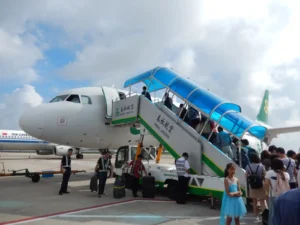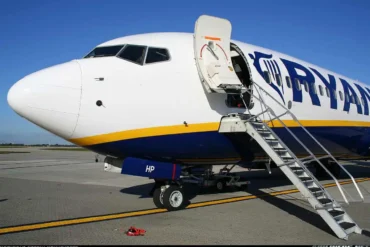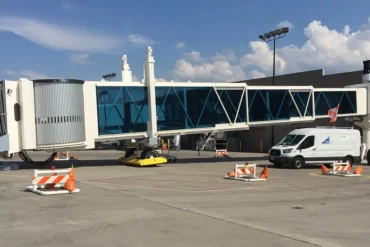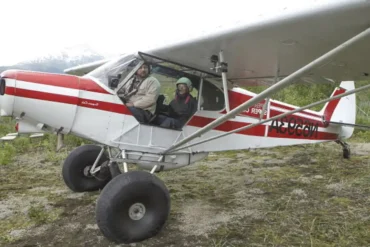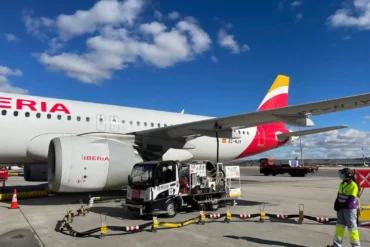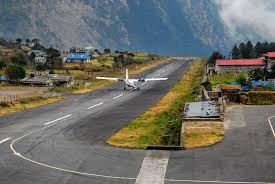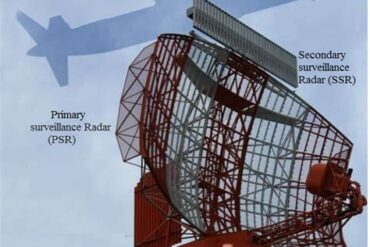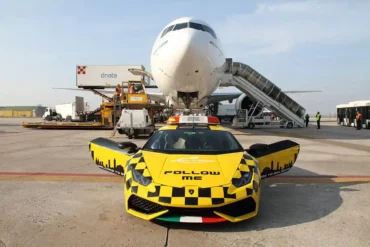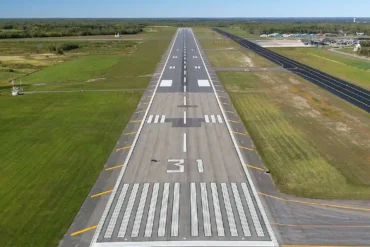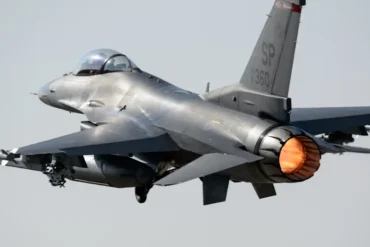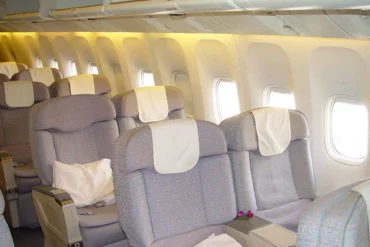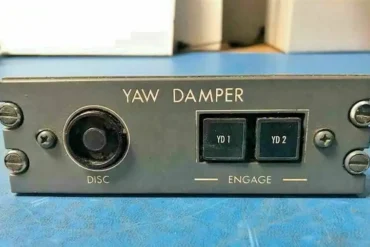Hey there! Ever wondered about those movable staircases you see at airports? You know, the ones that help you get on and off planes when there’s no fancy jet bridge available? Well, buckle up because we’re about to take a deep dive into the world of passenger stairs, also known as boarding stairs or air stairs.
These nifty pieces of equipment are more than just steps on wheels. They’re a crucial part of airport operations, especially for smaller airports, remote stands, or when dealing with smaller aircraft. In fact, boarding stairs are a fundamental component of an airport or airbase’s essential Ground Support Equipment (GSE). Their main job? To make it easy for passengers and aircraft personnel to get on and off the plane safely and efficiently.
Here’s something cool – passenger staircases come in all sorts of varieties. They’re like the Swiss Army knives of the airport world, with different types designed for different situations. The main thing that sets them apart is how they operate, but we’ll get into that juicy detail in just a bit.
Whether you’re a frequent flyer, an aviation enthusiast, or just curious about how things work at airports, understanding passenger stairs can give you a whole new perspective on air travel. So, let’s roll up our sleeves and explore the fascinating world of boarding stairs!
Towed vs. Self-Propelled Staircases: What’s the Difference?
When it comes to airport boarding stairs, the main difference is whether they’re towed or self-propelled. Towed stairs need a separate vehicle or person to move them around. It’s like having a trailer that you need to hook up to your car before you can use it. These are great for smaller airports or situations where you don’t need to move the stairs often. For example, if you’ve got a private jet parked in the same spot most of the time, towed stairs would work just fine.
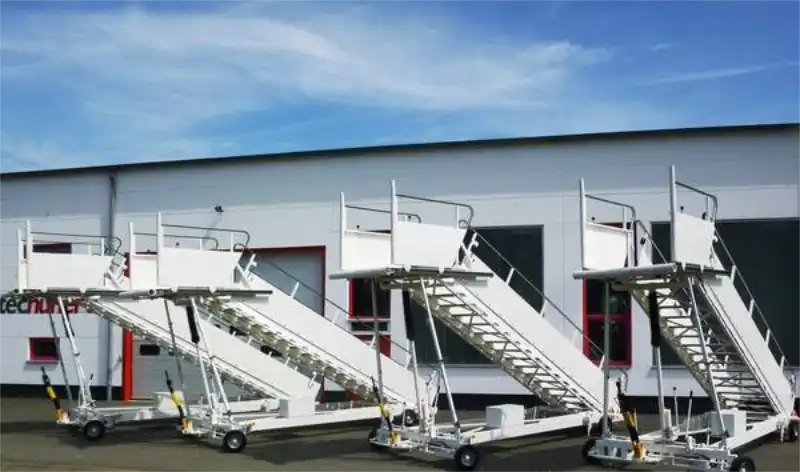
On the other hand, self-propelled stairs are like the cool kids on the block. They can move all by themselves without needing any help. Pretty neat, right? These are super handy in busy airports where you need to quickly move stairs between different gates or aircraft. Imagine a big international airport during rush hour – self-propelled stairs can zip from one plane to another in no time, making sure passengers can board or disembark smoothly. Both types have their own unique features, pros, and cons, and they’re used for different situations at the airport.
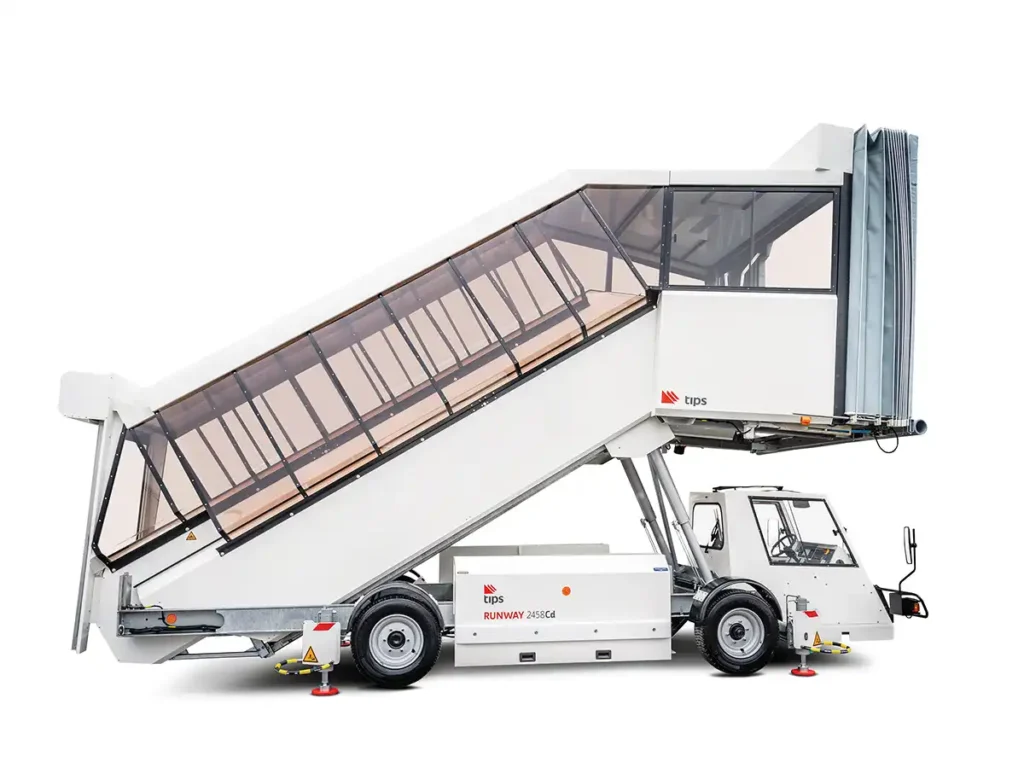
Power Source: Electric or Thermal – What’s Powering Your Stairs?
Back in the day, most motorized boarding stairs used diesel engines to get around. But nowadays, more and more airports are switching to electric motors. Why? Well, electric-powered systems are much quieter (no more loud engine noises!) and they pollute a lot less. It’s like comparing an old, noisy lawnmower to a sleek, quiet electric one.
Here’s something really cool – in this age of going green, some boarding stairs are even using solar panels to power their electric motors. They’re aiming for total independence, especially for the towable staircases. Imagine stairs that can power themselves using nothing but sunlight!
New Features and Improvements: Making Stairs Smarter
Passenger stairs are always getting cooler and more user-friendly. This important ground equipment is constantly being improved to make airports more efficient, keep passengers comfy, and boost safety.
For example, some staircases now come with canopies. These create a sheltered tunnel for passengers, keeping them dry when it’s raining or shielding them from strong winds. It’s like having a portable hallway! There are also electric assist options to help operators set up the equipment at the right height for different aircraft. And get this – there’s even a special “aircraft approach” feature designed to keep planes safe and prevent any bumps or scratches. How’s that for high-tech stairs?
